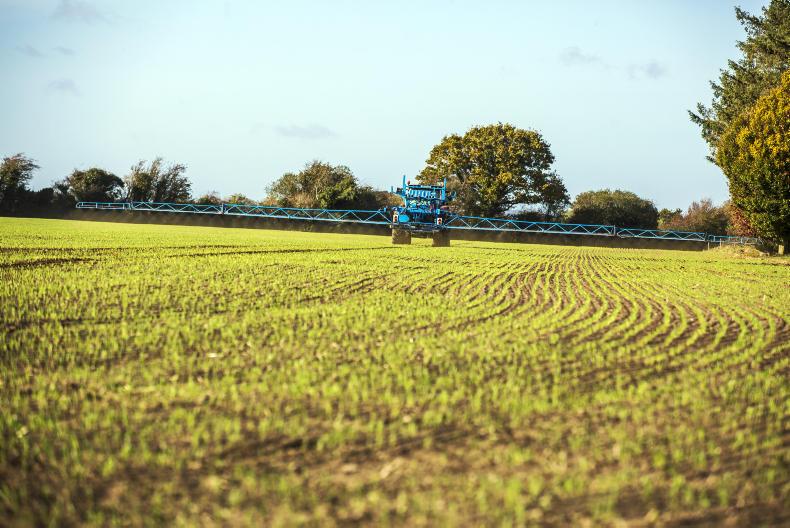Weather takes a dive
All good things come to an end at some point and if the forecast holds true we may be at or close to the end of the planting season for 2018. Some Met stations are now about 150mm shy on the driest of recent years and this could easily fall unnoticed between now and the end of the year. However, other areas are 200 to 250mm shy of their driest recent year and up to 300mm shy of their 30 year average level.
That said there will still be opportunities for harvesting the remaining fodder beet and potato crops. While conditions may still be relatively good for the time of year on freshly ploughed ground that was previously undisturbed, it may be more difficult to get land that was harvested prior to the rain, or being harvested from now on, in good enough condition for drilling. But this year has been so unusual that one should not discount the option to continue to plant if the opportunity arises.
With so much planting already done it is pertinent to remind people that the three-crop rule does technically exist for 2019. Some growers have virtually everything drilled to two crops already and now they have a dilemma. While it may or may not persist into the new CAP the three-crop rule still applies for 2019 as things stand.
Crows continue to plunder
Last week’s cold snap saw crow activity increase in many parts of the country. It is questionable as to whether this is driven by the hunger for the seeds themselves or for some form of pest activity taking place beneath the ground in proximity to the seeds. Technically it doesn’t matter as plants are being pulled up and lost.
If you see a lot of crow activity on fields, especially if they are recently sown or just emerging, it may be best to take some action to drive them away. This is a thankless task but failure to do it could result in a significant loss of plant population. It is very difficult to keep crows away once they get hungry. Small numbers may be incidental but large flocks will inevitably be digging up seeds or even plants post emergence.
Field work
Land has become sticky on top but this could still dry off again if we get some sharp drying. Spraying may still be possible to target weeds and aphids. It seems unlikely that aphids will be a problem on crops emerging from now on unless there was a lot of volunteer vegetation ploughed down or in fields very close to open grassy areas.
There are always additional challenges for crop establishment once we get into November. Slugs, crows and rabbits are all more likely to cause serious damage and this should be factored in to seeding rates. Growth and establishment are slowing and crops take much longer to establish, so the risks are higher.
Wheat is the safer option for planting now but there may still be little bits of other cereals to plant. Target 380 seeds/m2 for wheat, 400 for any remaining barley and up to 450 for oats. These equate to roughly 210kg/ha (13.4 st/ac) for 50g wheat or barley and 180kg/ha (11.5 st/ac) for 40g oats.






 This is a subscriber-only article
This is a subscriber-only article










SHARING OPTIONS: